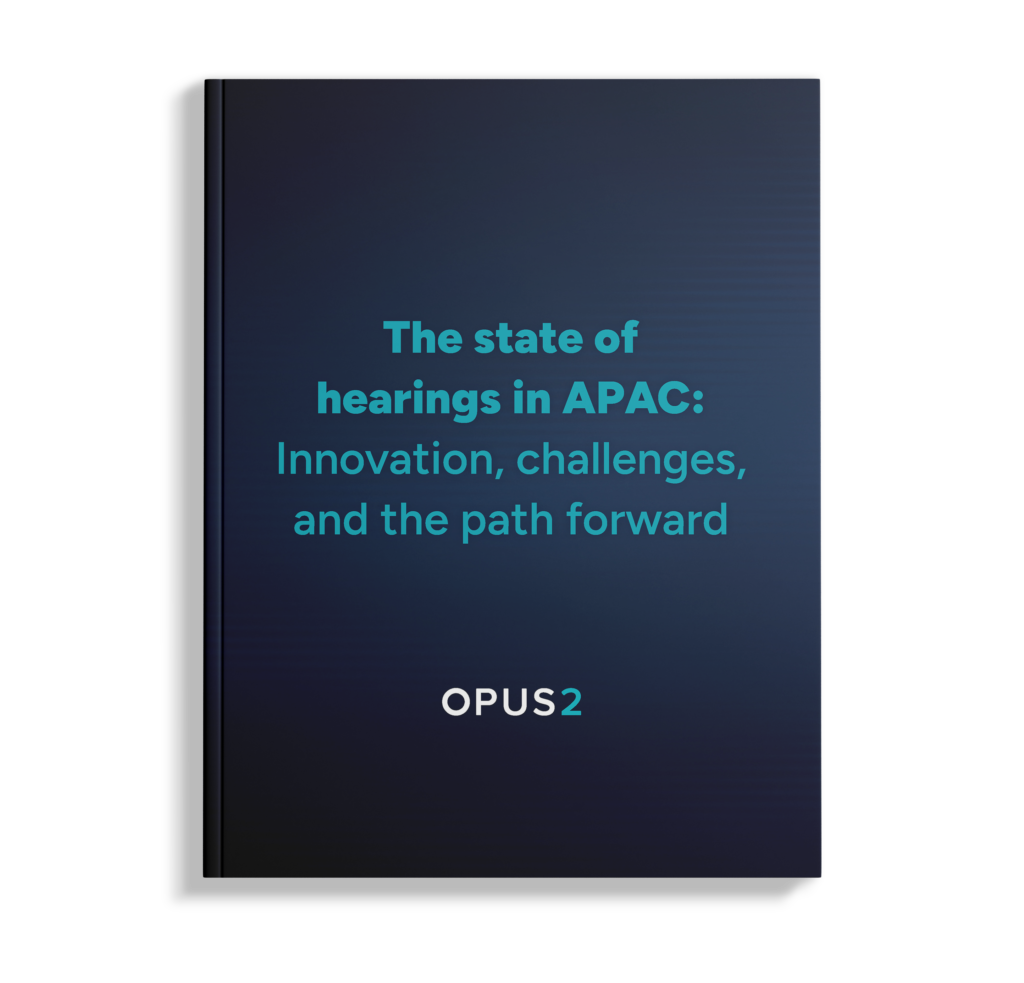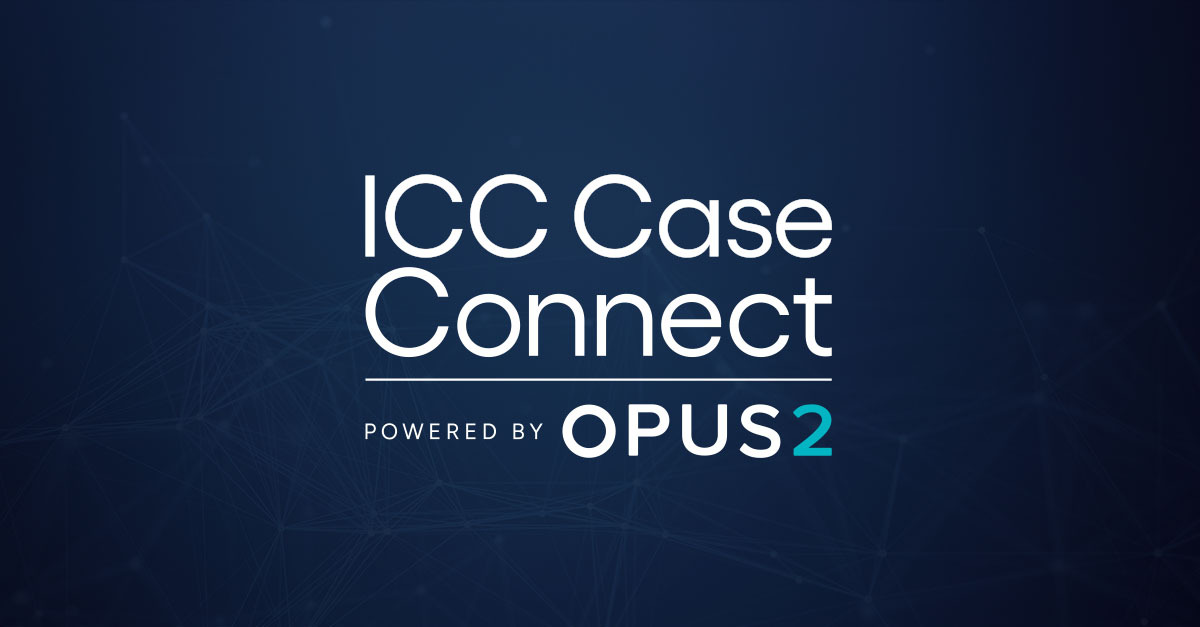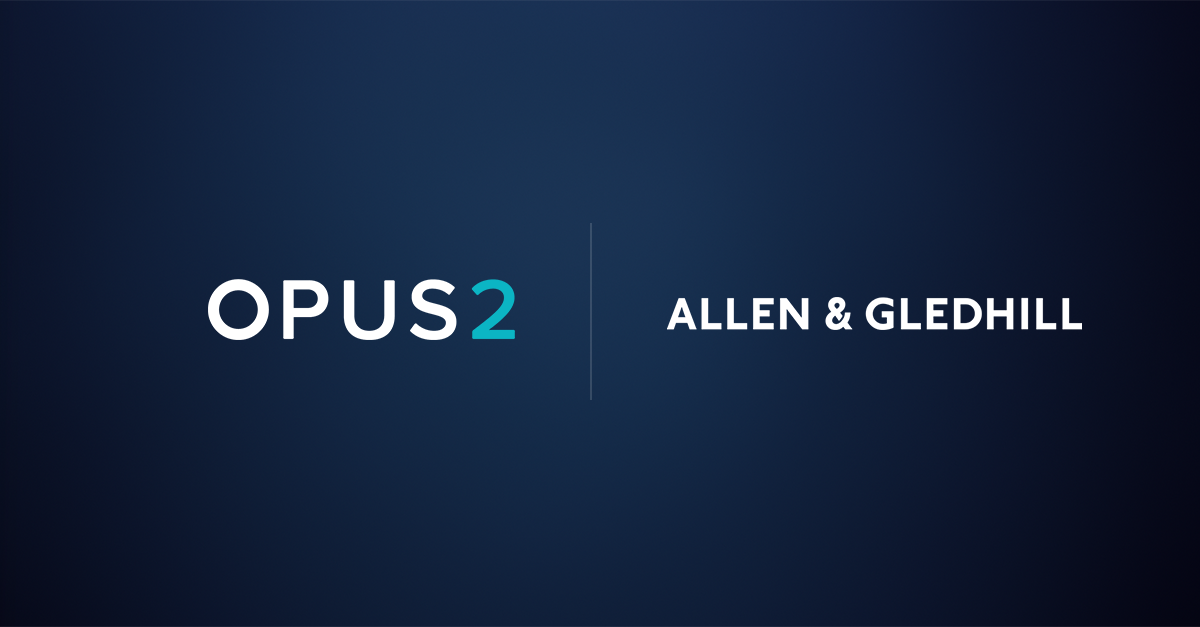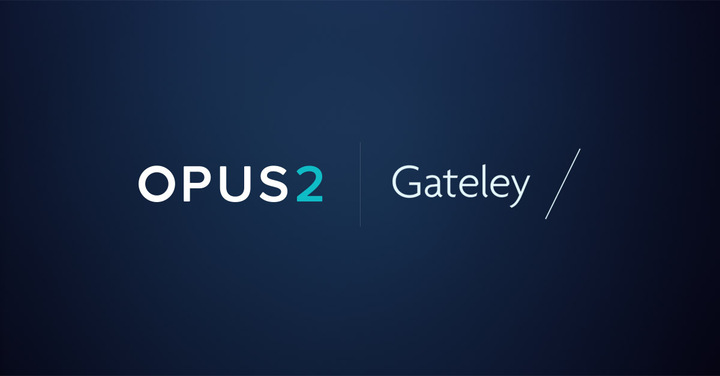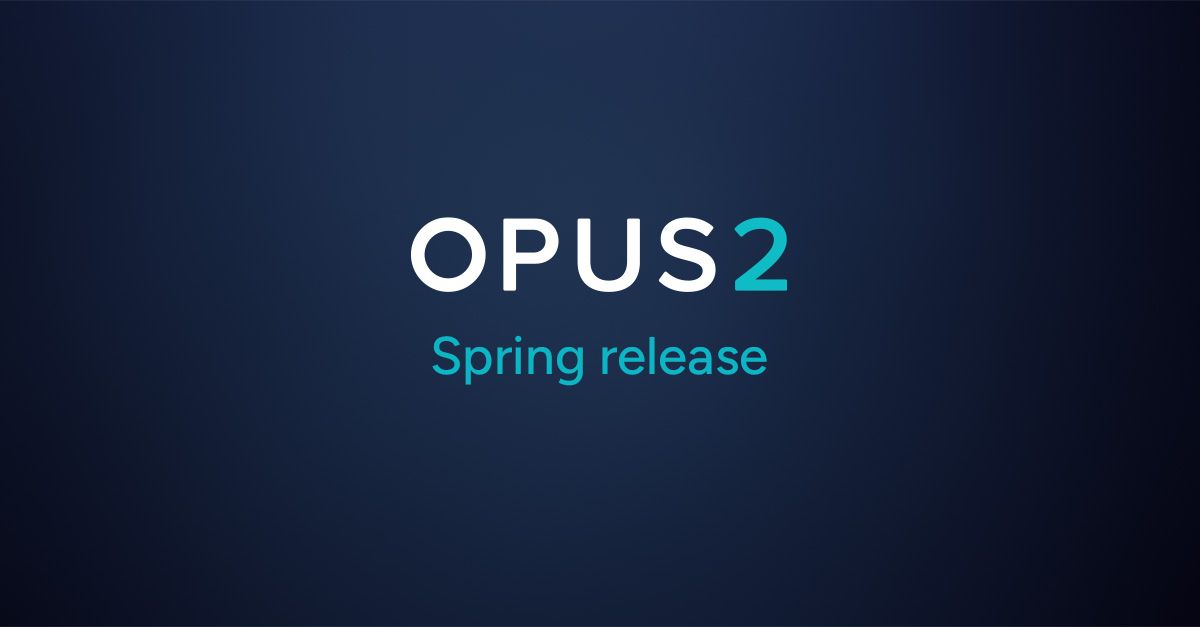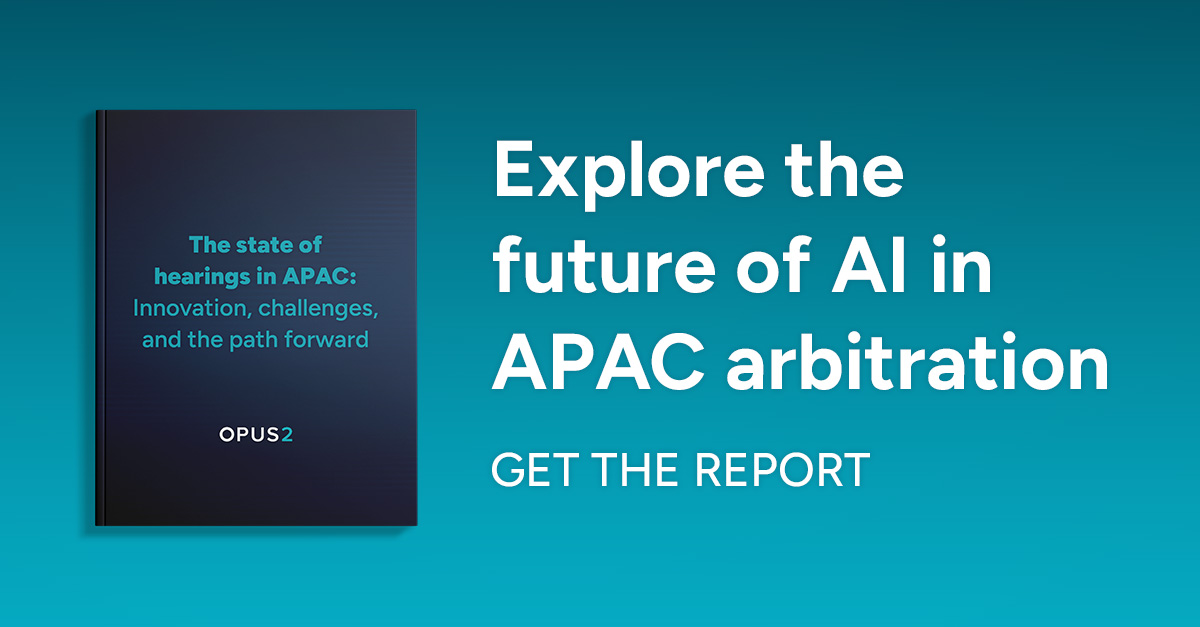The arbitration landscape in the Asia-Pacific (APAC) region is evolving rapidly, with hearings technology playing a central role. While hearings represent just one stage of arbitration, they can be among the most resource-intensive and complex aspects of the process. Their efficiency and format directly impact overall case costs and strategy, making them a key focus for arbitration practitioners.
To gain deeper insight into how technology is reshaping hearings across APAC, Opus 2 conducted a survey of arbitration professionals. The findings, now available in our latest report, State of hearings in APAC, provide a practitioner-led perspective on how digital transformation is influencing arbitration proceedings in key hubs such as Hong Kong and Singapore.
Key findings: The evolution of arbitration hearing technology
Hybrid hearings are here to stay
The data confirms that hybrid hearings have become a standard feature of arbitration. A majority of respondents had participated in a hybrid hearing within the past six months, reflecting the sustained demand for flexible hearing formats that accommodate cross-border disputes.
Technology adoption is expanding, but barriers remain
While videoconferencing remains the most widely used hearings technology, other tools such as real-time transcription, electronic bundles, and the electronic presentation of evidence are gaining traction. However, adoption remains uneven, with cost, lack of training, and infrastructure challenges cited as key obstacles.
AI: The next frontier in arbitration
While AI adoption in hearings remains low, interest in AI-assisted tools for legal research, case summarisation, and transcription is growing. Practitioners are beginning to explore how AI can enhance efficiency, reduce administrative burdens, and improve decision-making processes. As AI technologies mature, they are expected to play an increasing role in streamlining arbitration procedures and enhancing overall hearing preparation and management.
Sustainability is driving digital transformation
Arbitration professionals are increasingly aligning hearings technology with sustainability initiatives, using electronic hearing bundles and remote participation to reduce environmental impact. Paperless hearings are becoming a practical and ESG-conscious choice for many firms.
Why technology matters for arbitration practitioners
Planning for hearings at the onset of an arbitration case can influence the overall way the case is managed, impacting costs and the experience for all stakeholders. For arbitration professionals, efficiency in hearing preparation and execution is not just a logistical concern but a strategic imperative.
With technology becoming a defining factor in modern arbitration, practitioners need to stay ahead of emerging trends and challenges. Understanding the adoption landscape in APAC enables legal professionals to make informed decisions about when and how to integrate digital arbitration solutions into their practice.
What’s next: The future of hearings in APAC
Looking ahead, arbitration hearings in APAC are expected to continue evolving, with AI playing a significant role. While adoption remains low, interest in AI-assisted tools for legal research, case summarisation, and transcription is growing. At the same time, concerns around data security, compliance, and seamless integration with institutional workflows are shaping how technology is implemented. As hearings become more digital, practitioners are also prioritising accessibility and inclusivity, ensuring that remote participation remains viable while maintaining procedural fairness.
As a trusted provider of hearing technology and services, Opus 2 remains committed to supporting arbitration professionals with research-driven insights. Our latest report reflects the opportunities and challenges shaping hearings in APAC and provides a roadmap for practitioners looking to navigate the digital future of arbitration.
Download the full report for more data and insights
